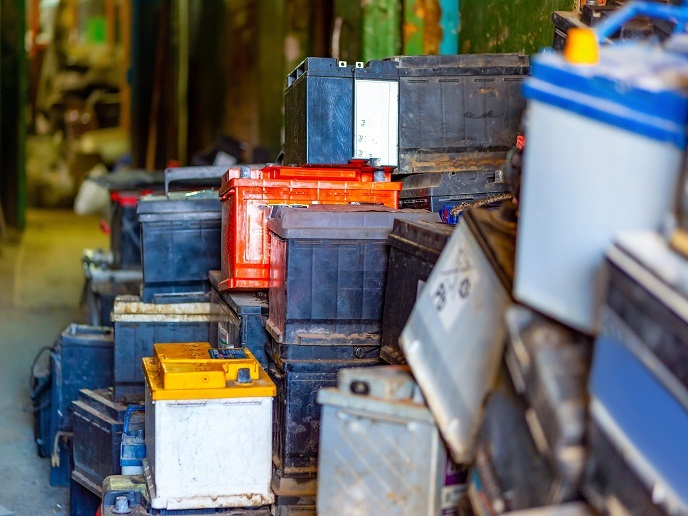Why do modern vehicles still use lead batteries?
As metals go, lead is an incredibly versatile material. It is cheap, widely available, highly recyclable and very malleable. It’s just a shame that it also happens to be toxic. “Lead has been used by humans for centuries,” notes environmental engineer Mão de Ferro from C2C-NewCap in Portugal. “It was an incredibly important metal in the Middle Ages. In Britain for example, it was mined and smelted to such an extent that airborne lead particles from this time can be found in ice cores sourced from the Swiss Alps.” One reason for the metal’s popularity is its low melting point. If you were to put a lump of lead in a pan over a hot coal, it would go soft. The ancient Romans knew this, which is why their plates and drinking cups were often made of lead. There is an argument, in fact, that lead poisoning contributed to the fall of the Roman Empire. Because as we now know, drinking from lead-lined cups isn’t the best idea.
The dangers posed by lead
Most of the lead that you are exposed to passes out of your body. But a small amount can remain for years, gradually increasing the amount in your body, a process known as bioaccumulation. This lead can end up incorporated into soft tissues, the blood, or mineralised in teeth and bones. At high levels of exposure, lead attacks the brain and central nervous system, and in extreme cases can cause death. As a result, there have been global efforts to remove lead from inks, fuel and water pipes. The European Commission recently adopted a restriction on the use of lead gunshot in wetlands. And in 2021, Algeria became the last country in the world to ban leaded fuel. So if we know lead is poisonous – and there have been global efforts to ban the metal in numerous applications – why is it still a key component in vehicle batteries?
The search for cheap, scalable alternatives
The key reason is that lead batteries pack a punch: viable, cost-effective, safe and scalable alternatives capable of delivering the necessary power have yet to be fully developed. In addition, lead batteries are easy to recycle, making them economical. Once smelted down, they can be shaped into lingots and shipped back to the manufacturers. “Lead-acid batteries are cheap,” says Mão de Ferro. “Potential alternatives such as nickel cadmium are also toxic, and are banned for use in cars because of safety concerns.” This lack of a viable alternative is why lead has not been banned from automotive applications. “Even most electric vehicles have a lead-acid battery, in order to power the car’s electronics,” he adds.
Mitigating lead-acid batteries in lorries
It’s not all doom and gloom, however. Mão de Ferro and his team have been working on ways to mitigate the use of lead-acid batteries in heavy commercial vehicles, in part through the EU-funded HYCAP project. Their approach is to replace lead-acid batteries with a lead-free supercapacitor. “The supercapacitor is like a sprinter, while the battery is like a marathon runner,” he explains. “The supercapacitor delivers a surge of energy for a few seconds, necessary for starting an engine.” For the rest of the journey, the less-demanding cabin lights, heating and refrigeration run on lithium-ion batteries. “It will be difficult to completely phase out lead-acid batteries in all vehicles,” says Mão de Ferro. “But we can limit their use and demonstrate there is a better way, with this supercapacitor plus lithium-ion hybridisation technology.” They say all roads lead to Rome – but hopefully the vehicles travelling on them might one day be lead-free. Click here to find out more about Mão de Ferro’s research: A pioneering alternative to century-old lead-acid battery technology



